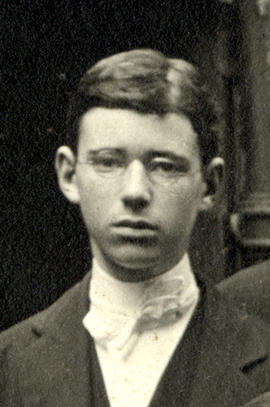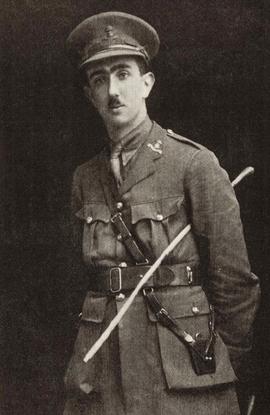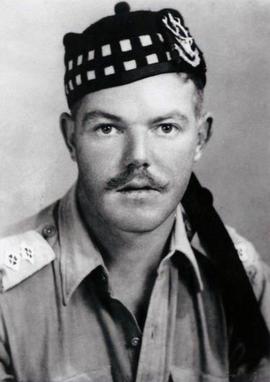Abbott, James Alexander, son of Albert Abbott CBE, Chief Inspector Technological branch, Board of Education, and Nancy, d. of Edwin Hargreaves of Chorley, Lancs; b. 25 April, 1909; adm. Sept. 1922 (R); left July 1927; Ch. Ch. Oxf., matric. 1927, BA 1931; adm. a solicitor Dec. 1934; practised in London and Burton-on-Trent; RAFVR (FO Oct. 1942), invalided Nov. 1943; m. 15 Sept. 1939 Eleanor Dorothy, d. of Ernest Hastings Nicolls of Stevenage, Herts; d. 20 May 1944 of illness contracted on active service in North Africa.
James Alexander Abbott was born at Wolverhampton, Staffordshire on the 25th of April 1909 the only son of Albert Abbott CBE MA, Chief Inspector for the Technological Branch of the Board of Education, and Nancy (nee Hargreaves) Abbott of 130, Tettenhall Road, Wolverhampton, later of Sampford Brett, Williton in Somerset. He was educated at Westminster School where he was up Rigaud’s from September 1922 to July 1927. He matriculated for Christ Church, Oxford in 1927 where he achieved a BA in 1931. He qualified as a solicitor in December 1934 and worked at London, where he lived with his parents and sister at 5, Templars Avenue, Golders Green in Middlesex. He later worked in Burton-on-Trent where he was a junior partner in Talbot & Co. with Harold Victor Argyle (OW GG 1902-1904)
He was married at Hitchin, Hertfordshire on the 15th of September 1939 to Eleanor Dorothy (nee Nicolls) of Stevenage, Hertfordshire and the couple lived in Repton. They had a son, Roger, born on the 15th of June 1940.
He was commissioned as an Acting Pilot Officer on probation in the Royal Air Force Volunteer Reserve on the 17th of October 1941 and was confirmed in his rank on the 17th of December 1941. He was promoted to Flying Officer on the 1st of October 1942.
He served in North Africa and later returned to England where he resigned his commission on the grounds of ill health on the 24th of November 1943.
He died at Cambridge from TB which he had contracted while on overseas service.
He is commemorated on the war memorial at Christ Church, Oxford.
His ashes are buried at St George’s Church, Sampford Brett.


